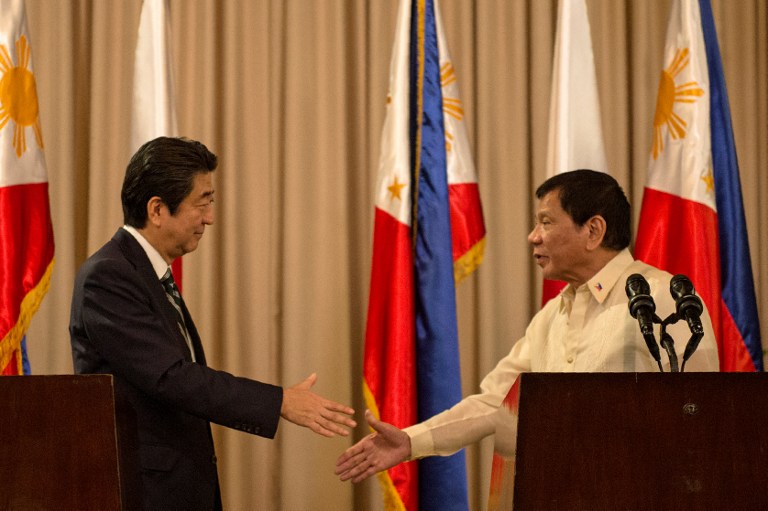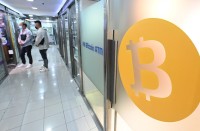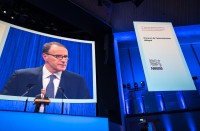
The migration from analog to digital TV broadcasting is finally happening in the Philippines.
With the theme, “Bringing New Dimensions to the Broadcasting Experience of Filipinos,” the Digital TV Summit 2017 will formally launch the Digital Terrestrial Television Broadcasting (DTTB) plan with a ceremonial switch on to digital TV at the Novotel Manila Araneta Center on February 14-15, 2017.
“Filipino viewers can explore and enjoy the multitude
of features of digital broadcasting that were never before available in the conventional analog TV service,” Department of Information and Communications Technology (DICT) Consultant James Rodney Santiago said.

Role in Traffic Congestion and Emergency
Aside from providing superior picture quality that is free from noise and interferences, Santiago stressed that digital TV “empowers the viewers to access on-demand features for weather, government announcements, warnings, traffic advisories among others for free.” Thus, viewers need not wait for news reports from traditional sources.
With the Philippines’ adoption of the Japan’s ISDB-T standard, the Digital TV Summit will feature the system’s role in road traffic information to ease congestion and its unique feature called the Emergency Warning Broadcast System (EWBS).
“Digital TV provides a complementary service that runs on data broadcasting which allows people to access real-time traffic information at no cost,” Santiago explains. Traditional access to such information requires an Internet service which is made available upon subscription to a data plan.
Japanese experts were instrumental in providing relevant seminars and trainings to the Filipino broadcast engineers in attaining sufficient knowledge and understanding how to manage the ISDB-T technology.
Japan’s best practices will be presented by Mr. Norifumi Yamaguchi, Director for International Digital-TV Policy, Global ICT Strategy Bureau of Japan’s Ministry of Internal Affairs and Communications.

Market acceptance
“The major challenge is market acceptance,” Santiago stressed. This involves broadcasters introducing Digital TV services to consumers. The awareness of consumers on the system must be heightened to shift to Digital TV reception.
“The major priority is the consumer uptake, therefore, massive educational campaign should be undertaken by the government with the support of the broadcasters and the stakeholders to ensure a complete approach in the Digital TV migration,” Santiago said.
According to Santiago, transitioning and migrating to the digital system requires the acquisition of a receiver.
“Two options are available for the viewers, the first is to buy a set top box that will be used to convert digital TV that will conform to their old analog TV; the second option is to buy a new TV with the integrated Digital TV tuner inside it,”Santiago explains.
Price for Digital TV receivers
Receivers vary in price depending on the features. It is anticipated that the prices for set top boxes would significantly go down with demand and market awareness.
“It is expected that based on current market trends, in the span of 2 years, set top box price has gone at least 35% down and this trend should continue as the availability of digital TV services spreads,” Santiago predicts.

“For the broadcasters, a new facility needs to be built which would require a substantial investment, but in the long run, it will be more efficient and would open new business opportunities that would widen the scope of the traditional terrestrial TV service,” he said.
Santiago emphasized that Filipino viewers are considered to be very sophisticated and they know what they want in terms of the quality of the content. “HD contents will definitely be favored and it will drive the broadcast industry to explore possibilities that would enhance the viewing experience of the Filipino people,” he exclaimed.







